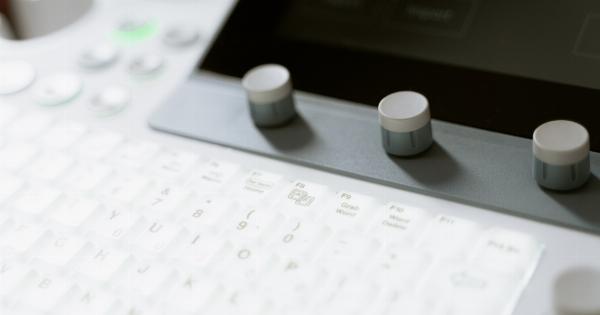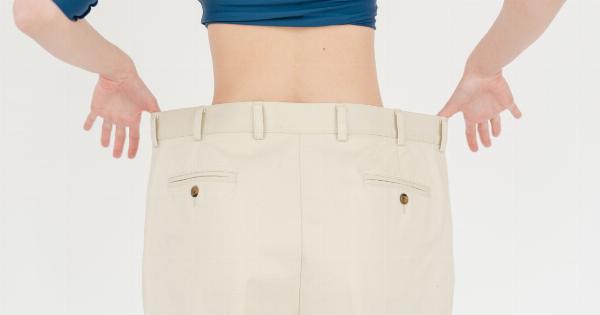Your pulse is an important indicator of your health. It can tell you a lot about your heart rate and blood flow. However, if you don’t know how to locate your pulse, you won’t be able to monitor it.
In this step-by-step guide, we will show you how to find your pulse in various parts of your body.
Step 1: Wash Your Hands
Before you start, it’s important to wash your hands thoroughly. This will help you avoid introducing bacteria or germs into your body and also make it easier to feel your pulse.
Step 2: Find a Comfortable Position
It’s important to find a comfortable position before you start looking for your pulse. Sit down or lie down in a quiet area where you won’t be disturbed.
If you’re looking for your pulse in your neck or wrist, make sure your arm or neck is resting comfortably.
Step 3: Locate Your Carotid Pulse
Your carotid pulse is located in your neck, on either side of your windpipe. To find it, place two fingers (your first and second finger) on the side of your neck below your jawbone and above your collarbone.
You should be able to feel your pulse beating in a rhythmic pattern.
Step 4: Locate Your Radial Pulse
Your radial pulse is located on the inside of your wrist, near the base of your thumb. To find it, turn your hand so that your palm is facing up.
Place your first and second fingers (not your thumb) on the inside of your wrist, near the base of your thumb. You should feel your pulse beating rhythmically.
Step 5: Locate Your Brachial Pulse
Your brachial pulse is located in your upper arm. To find it, extend your arm and place your first and second fingers on the inside of your elbow crease. You should feel your pulse beating in a rhythmic pattern.
Step 6: Locate Your femoral pulse
Your femoral pulse is located in your groin area. To find it, place your fingers on your groin area and press down gently. You should be able to feel your pulse beating in a rhythmic pattern.
Step 7: Locate Your Popliteal Pulse
Your popliteal pulse is located behind your knee. To find it, sit down and bend your knee. Place your heel on the ground and your other foot on your thigh. Place your fingers behind your knee and press in gently.
You should be able to feel your pulse beating in a rhythmic pattern.
Step 8: Locate Your Dorsalis Pedis Pulse
Your dorsalis pedis pulse is located on the top of your foot, between your big and second toe. To find it, place your first and second fingers on the top of your foot and slide your fingers down towards your ankle.
You should be able to feel your pulse beating in a rhythmic pattern.
Step 9: Count Your Pulse
Once you’ve located your pulse, count the number of beats you feel in 60 seconds. This will give you your heart rate. An average heart rate is between 60-100 beats per minute for adults.
Step 10: Monitor Your Pulse Regularly
Monitoring your pulse regularly can help you keep track of your heart rate and detect any irregularities. If you have concerns about your heart rate, consult with your doctor.





























